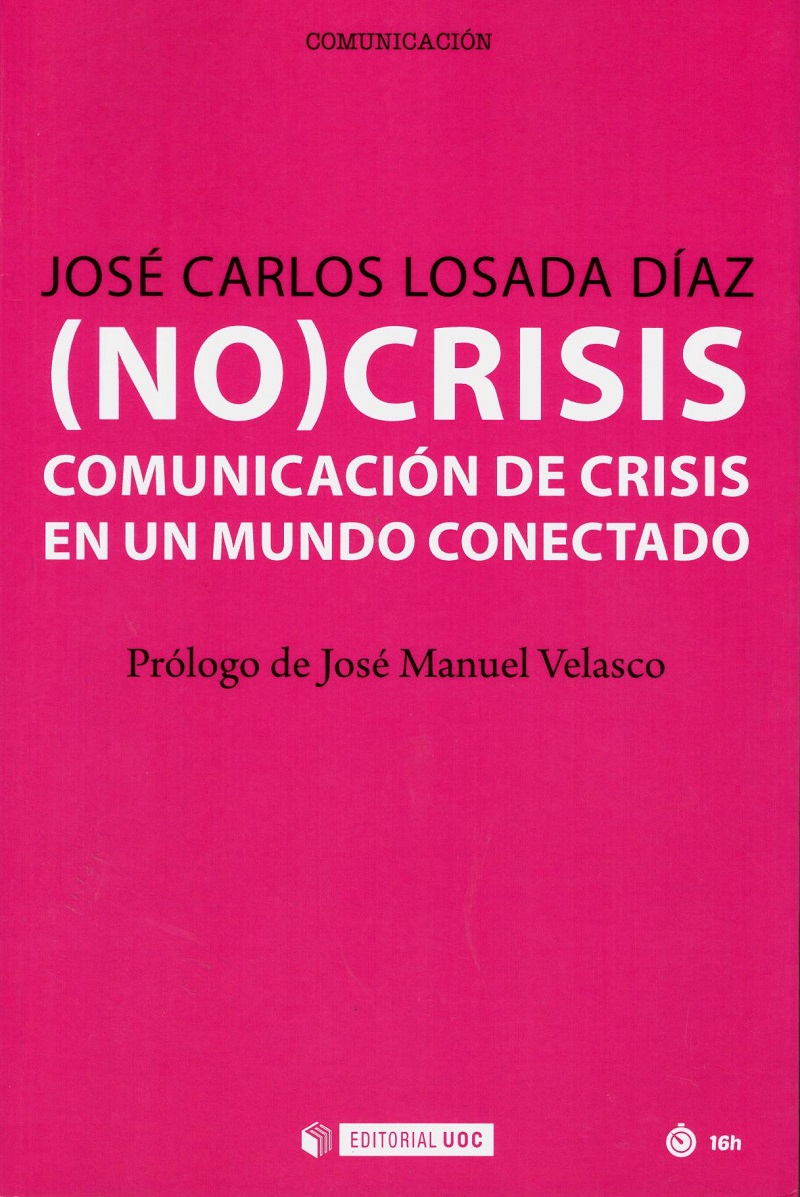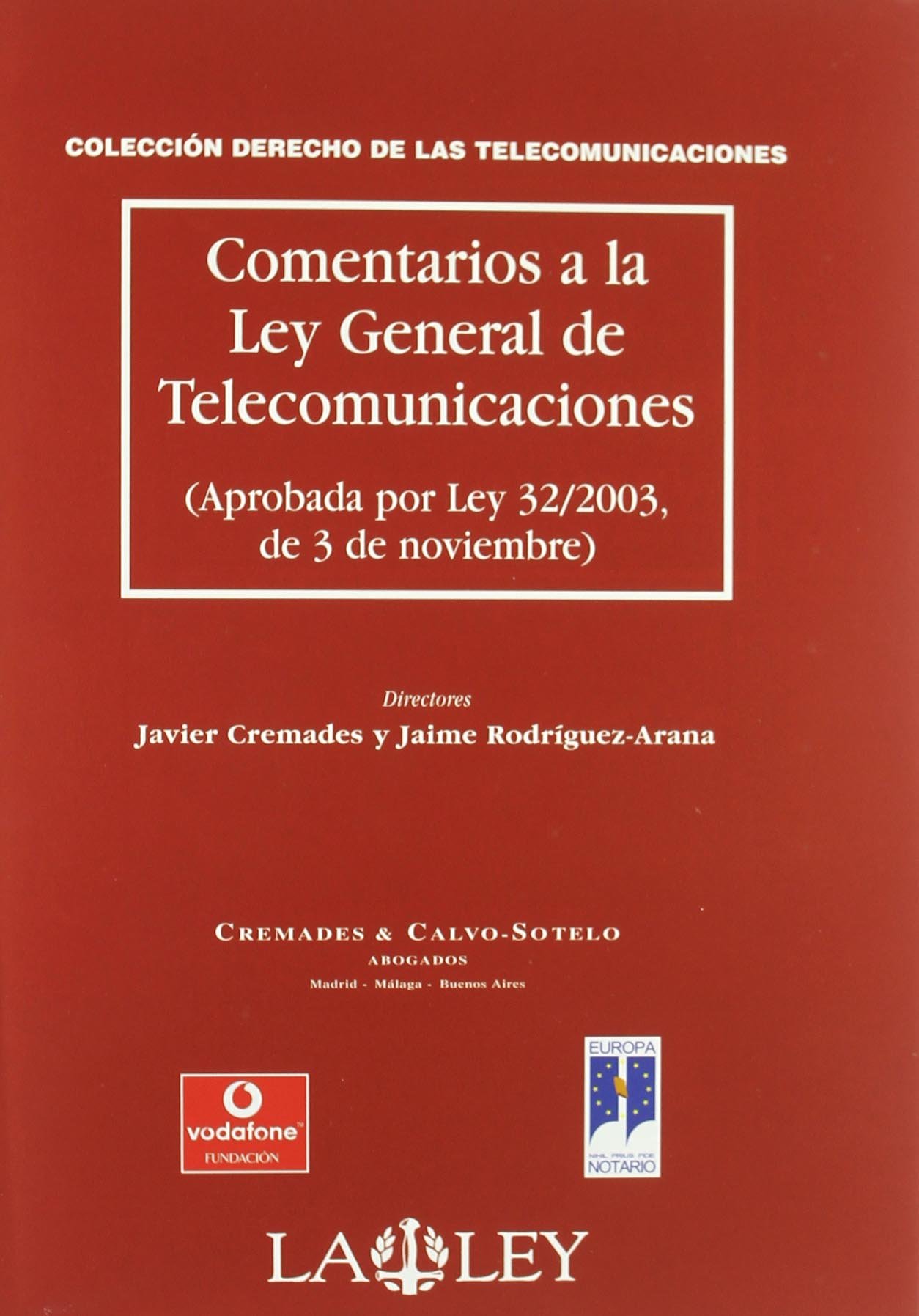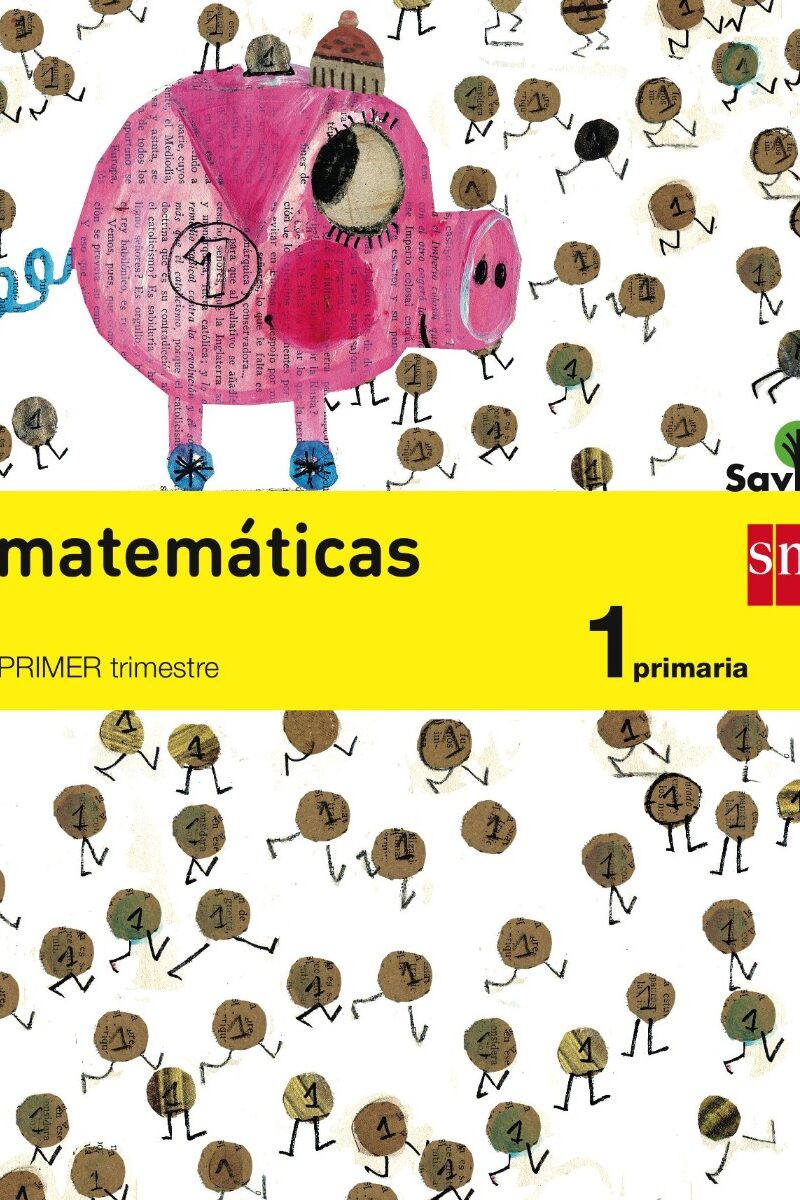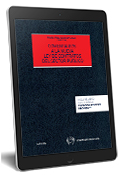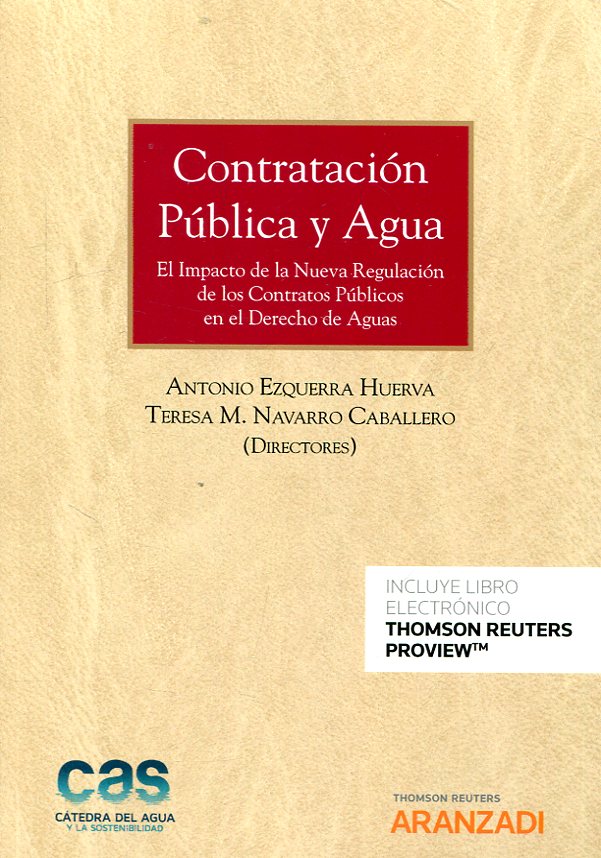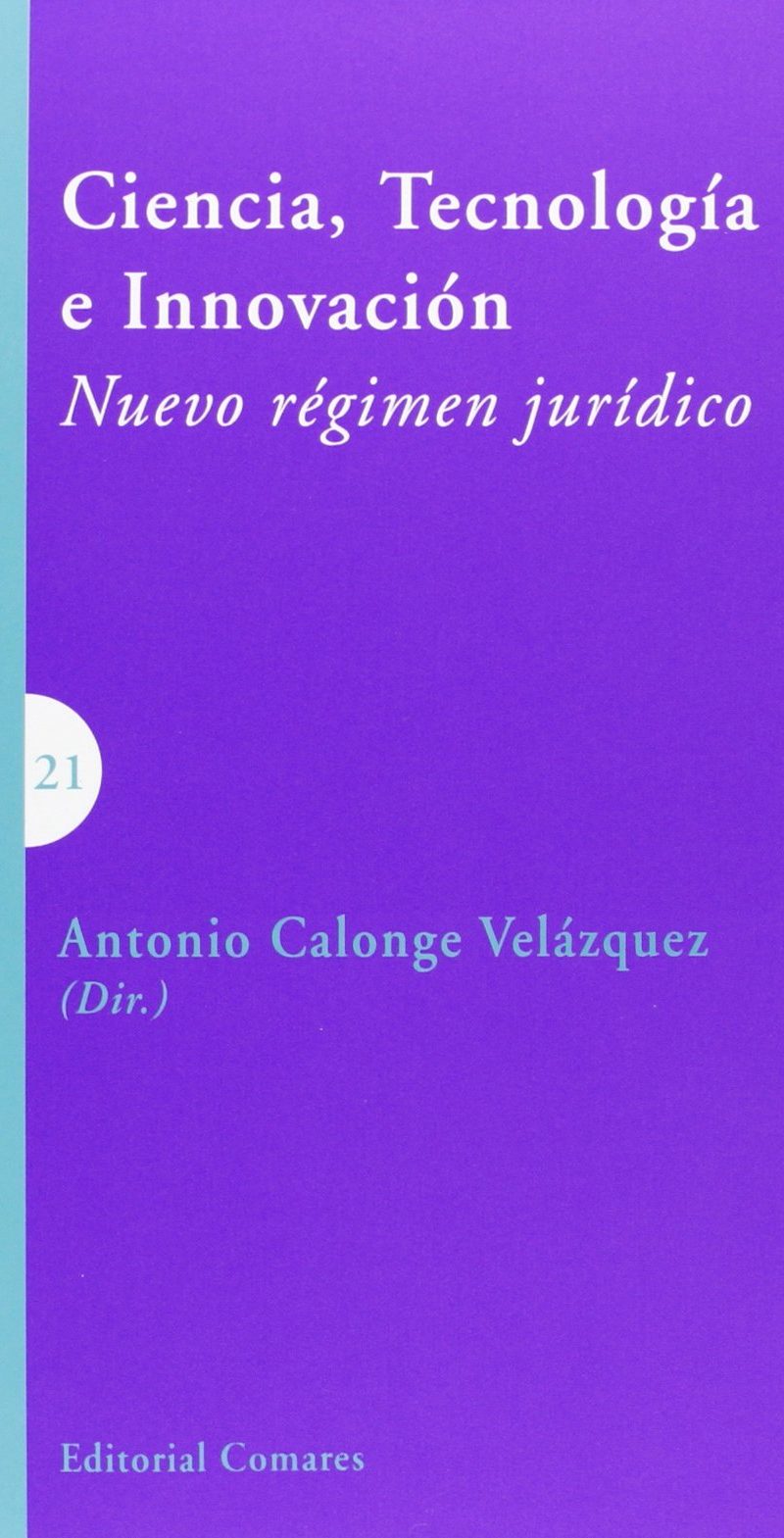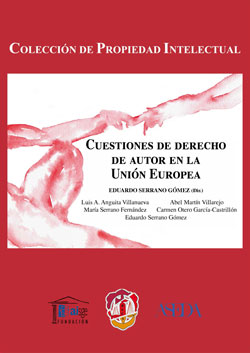Audiovisual Translation in the Digital Age. * The Italian Fansubbing Phenomenon
This pioneering study on fan translation focuses on Italian fansubbing as a concept, a vibrant cultural and social phenomenon which is described from its inception in 2005 to today. It explores far-reaching issues related to fansubbing and crowdsourcing, highlighting in particular the benefits and drawbacks of Web 2.0.
Autora: SERENELLA MASSIDDA is Lecturer in Audivisual Translation at Universitàdeglistudi di Sassari, Italy, and a member of the European Association for Estudies in Screen Translation
INDEX
List of Figures
List of Tables
Introduction
o.1 Context and methodology
0.2 Reflections on theory
- Web 2.0: A Marketing Ideology?
- Digital labour and the age of prosumers
- What is copyright? 21
- Piracy or promotion? The history of fansubbing
- The State of the Art of Italian AVT: Dubbing
Vis-á-Vis Subtitling
- A brief history of dubbing 29
- The subtitling industry in Italy
- Fansubbing
- Co-creative labour: the organised fanindustry
- Origins of ItaSA and Subsfactory
- The fansubbing machine
- Subtitling and Fansubbing Standards:
A Hybrid Proposal
- General standards in professional subtitling
- Subtitling codes of conduct
- Fansubbing guidelines
- The ItaSA method
- Subsfactory’s modus operandi
- Audience reception: the eye tracking system
- A hybrid proposal
- Origin of the Italian Fansubbing Phenomenon
- Lost: from initial struggle to happy ending
- Key features of fansubbing
- Line length and characters per second
- Text on screen and position of subtitles
- Measurements and conversión
- Interferences from dubbese
- Mistranslations
- Evolution of ItaSA and Subsfactory
- Faithfulness in translation: pros and cons
- Text compression and omission
- Typographical conventions
- Censorship and Humour in Californication
- Sex, humour and foul language
- Political correctness
- Adaptation and mistranslation
- Concluding remarks
- Lost: from initial struggle to happy ending
- Conclusions – A Step into the FutureReferences
Index
OTROS LIBROS SOBRE COMUNICACIÓN


